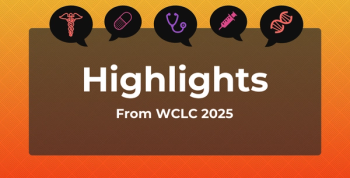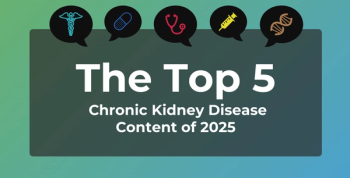
Contributor: Don’t Delay—Why Now Is the Time to Reengage Patients in Routine Cancer Screenings
Ignoring life-threatening, non–COVID-19 conditions for too long can turn one health crisis into another. Now is the time to resume cancer screenings, like mammograms and colonoscopies, because early detection can be lifesaving.
A new patient engagement crisis is emerging nationwide. According to the
National Cancer Institute Director Ned Sharpless, MD,
Implement Targeted Outreach Campaigns
Hospitals and health systems can customize their communication efforts to ensure that all patients who qualify for screenings of various cancers are contacted via the channel that initiates activation. They should consider grading patients into risk categories and tailoring their communication plan to those risk strategies. The CDC, for example, suggests that certain patients should obtain
- Patients who have had, or have a close relative who has had, colorectal polyps or colorectal cancer.
- Those who have an inflammatory bowel disease such as Crohn disease or ulcerative colitis.
- People who have a genetic syndrome such as familial adenomatous polyposis or hereditary nonpolyposis colorectal cancer, otherwise known as Lynch syndrome.
Patients may need a reminder of cancer screenings’ lifesaving impact. For example, consider creating a colorectal outreach campaign where you send an email, text, or phone call to all patients
In addition to a customized communication approach to induce action, consider using another valuable tool for engaging patients: social media. A health system can create a targeted social media campaign that reminds patients to schedule annual wellness visits and screenings, therefore reducing their risk of a missed detection. Promote cancer awareness months throughout the year, like Breast Cancer Awareness Month in October or Colorectal Cancer Awareness Month in March, to resonate with patients while these topics are top of mind. Patients are more likely to schedule a screening if they are reminded in various ways of the importance of making (and keeping) their appointments.
Enable Various Scheduling Options
By providing a variety of convenient options for scheduling an appointment, patients will feel that the task of coordinating the screening is efficient rather than a time-consuming endeavor. Enable patients to seamlessly convert at their moment of intent by providing online scheduling for appointments. Furthermore, health systems can also utilize patient experience experts to help patients schedule their screening appointments over the phone. Once a screening is scheduled, it’s very important that personalized appointment reminders are distributed via text message, email, or phone. This will help reduce no-show rates and cancellations. After a patient completes their screening, proactively schedule any necessary follow-up appointments before he or she leaves the building—you can even do so by electronically sending scheduling links in real time.
Develop Offerings for Patients to Maintain Their Health Year Round
In an effort to encourage a healthier lifestyle for patients and increase health literacy, health systems should offer frequent nutritional, physical activity, or educational courses. Ensure patients are able to easily self-register and pay online. Maximize class and event attendance by providing the option to participate virtually or in person and sending multichannel reminders. Furthermore, if relevant, provide key takeaways for patients to consider post event that ensure their learnings are applied moving forward, like at-home workouts or one-pan healthy recipes. Prioritizing one’s health is of the utmost importance, especially during a pandemic. A healthy lifestyle can reduce a patient’s cancer risk significantly.
While the COVID-19 pandemic and exposure to the virus are still top of mind, further delaying preventive services may present a larger medical concern as diseases and conditions such as diabetes, heart disease, and cancer can go undiagnosed, unmonitored, and untreated.
Newsletter
Stay ahead of policy, cost, and value—subscribe to AJMC for expert insights at the intersection of clinical care and health economics.









































